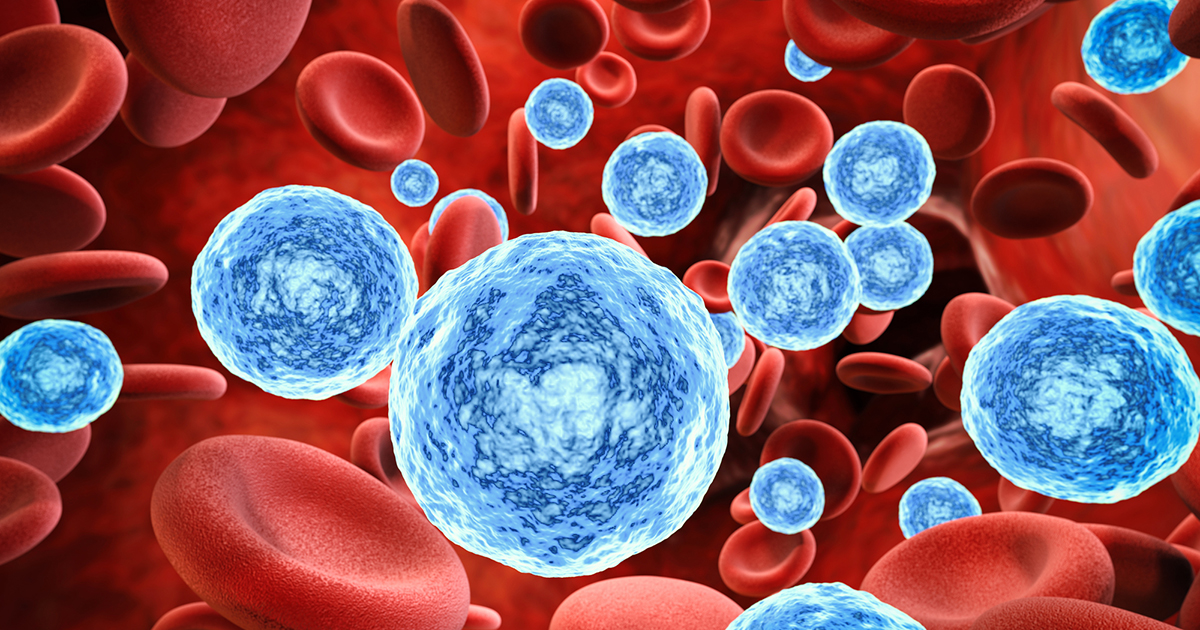Causes And Risk Factors For Idiopathic Thrombocytopenic Purpura
Idiopathic thrombocytopenic purpura (ITP) is a rare condition described as the scarcity of platelets, which are responsible for producing blood clots that help prohibit bleeding. Low platelets can lead to abnormal bleeding and bruising. Bleeding can occur beneath or on the surface of the skin, or within the internal organs, and someone with ITP can find blood in their urine or stool.
Additional symptoms include bleeding from the nose or gums, and if patients see purple patches on their skin, it's due to bleeding underneath the skin. On the other hand, these spots can appear for no reason at all. Women with idiopathic thrombocytopenic purpura might experience heavier blood flow from cramping. ITP is more frequent in children than in adults. The condition counts for four to eight cases per 100,000 children.
Immune System Reaction

The condition is sometimes called immune thrombocytopenic purpura because it is closely linked to an autoimmune response from the immune system. The immune system reaction is characterized by the production of antibodies, which are formed to counteract infectious agents in the body; however, they end up attacking the platelets instead. This happens because the immune system senses the platelets as foreign, and then the platelets, coated by the antibodies, are eliminated from the blood by the spleen or liver. While it is uncommon for this to occur, a definite cause for the immune system acting in such a manner has yet to be discovered.
Breakdown Of Platelets

Several factors are known to cause the breakdown of platelets, and as mentioned, the immune system plays a role in the platelet reduction. The body destroying more platelets than necessary can cause a low platelet count. When platelets are formed, they circulate for up to ten days before being removed from the bloodstream so the body can make new ones. In some cases, low platelet count occurs as the result of an enlarged spleen, which actually occurs due to an excessive amount of platelets present in the spleen.
Some diseases, besides ITP, drugs, and medicines can lead to the breakdown of platelets. An example is thrombotic thrombocytopenic purpura, which happens when blood clots are formed in the body. Several diseases are known to cause a decrease in platelets, including rheumatoid arthritis, lupus, leukemia, Gaucher's disease, aplastic anemia, quinidine, cirrhosis, lymphoma, and myelodysplasia.
